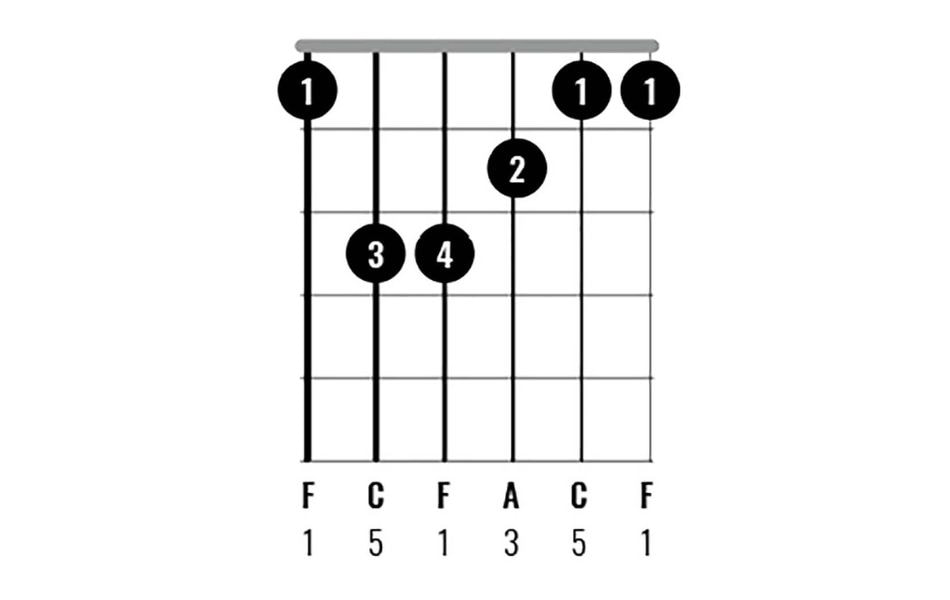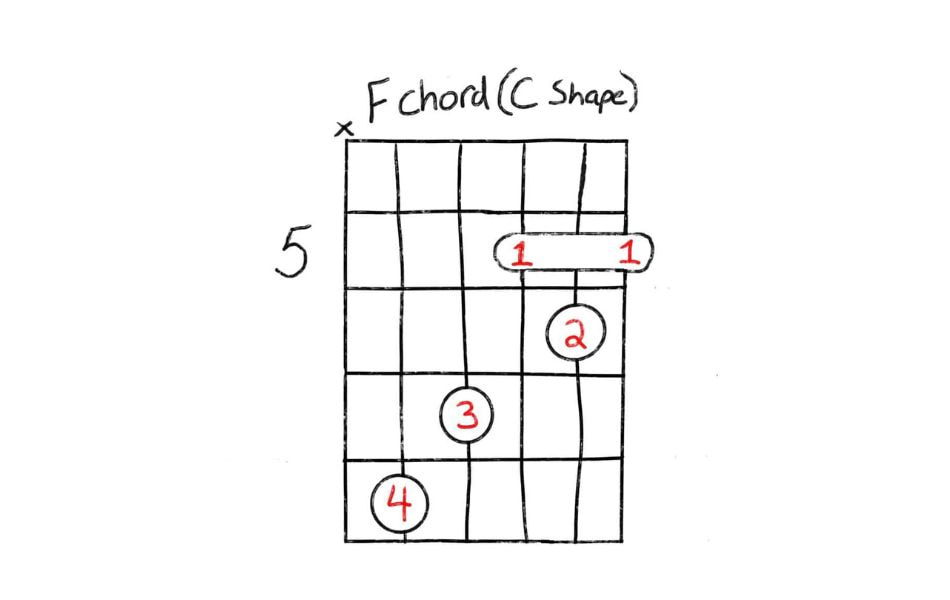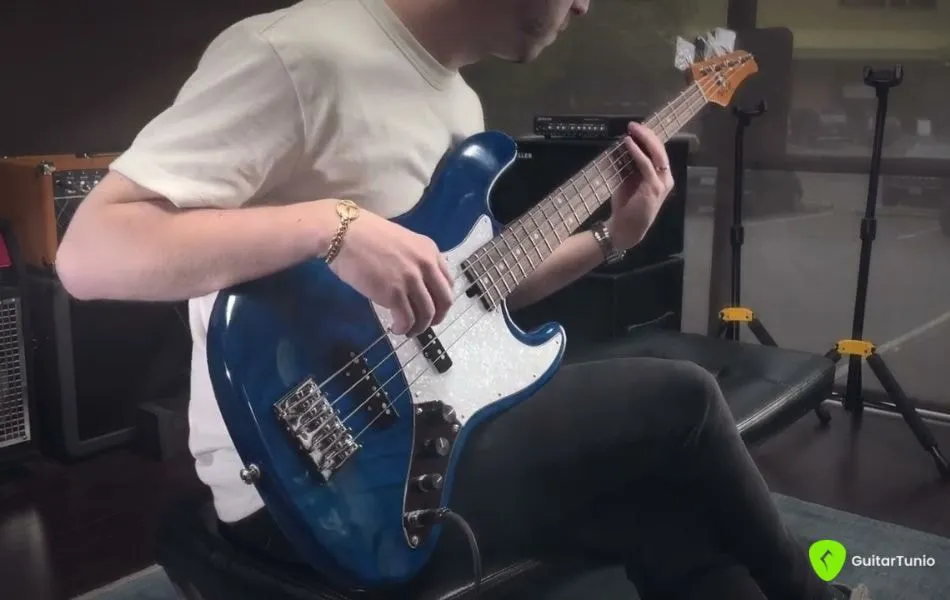How To Play F Barre Chord On Guitar
The F barre chord is a very common chord on the guitar, but it causes many problems for beginners. However, this is no longer a big issue if you follow the information we provide. Learning how to play the F bar chord and mastering it will become simpler.
Overview of the F barre chord shape
The F barre chord is a fundamental chord shape on the guitar and is used in various musical contexts across different genres.
The F bar chord, also known as the F major barre chord, played on the guitar by barring (pressing down) multiple strings with one finger across a fret while using other fingers to form the rest of the chord shape.
Specifically, the chord involves barring across all six strings with one finger while using the other fingers to create the shape of an F major chord. It can be played in many different shapes on the guitar neck:
- E shape
- A shape
- D shape
Compare F chord and F barre chord on guitar
The main difference between the F major and the F barre chord lies in their formation and sound. The F chord is played in the open position and doesn't involve barring, while the F bar chord requires barring across the fretboard with one finger.
The barre chord offers more versatility in terms of chord voicings and can be moved up and down the neck to play different chords, whereas the open F major is limited to its specific voicing and position on the fretboard.
The F bar chord may be more challenging to play initially due to the finger strength required for barring, but it provides a valuable technique for guitarists to master for playing a wide range of chords and songs.
F barre chord variations
F barre ( E shape)

F bar chord ( A shape)

F bar chord ( C shape)

Remember that learning to play the F barre chord is not a race, but a journey. Start with the basic steps, such as warming up your fingers and doing specific exercises to improve your technique. Be patient with yourself and enjoy the learning process.








